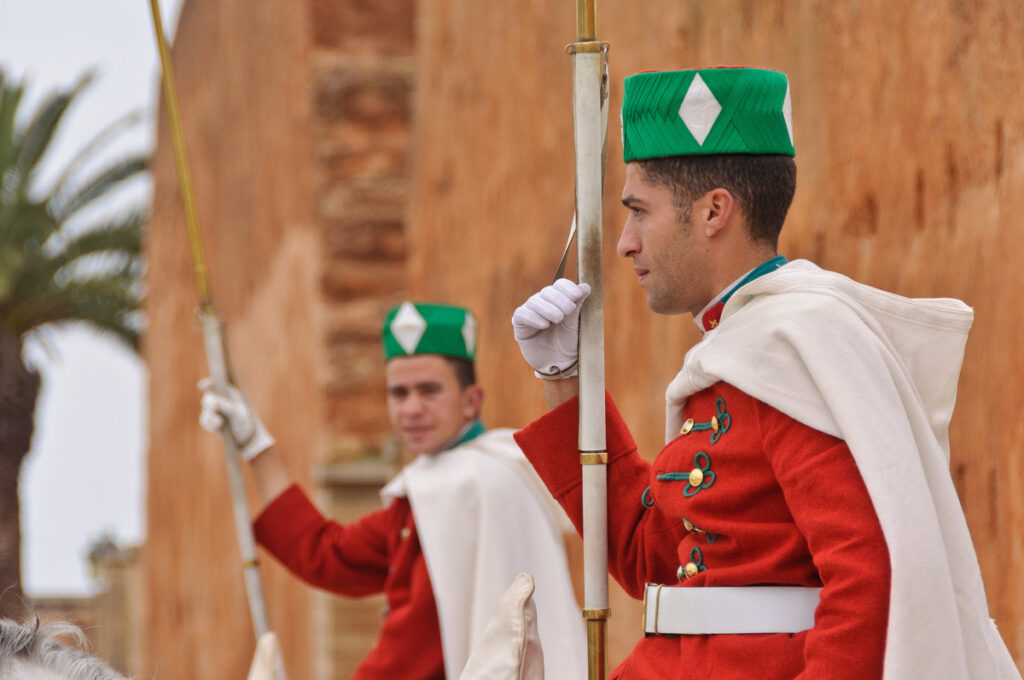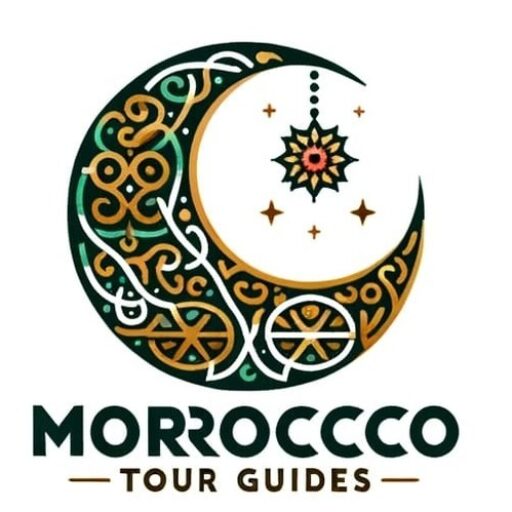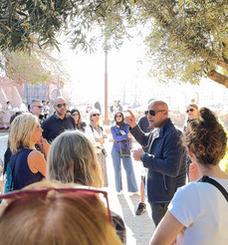Historical Insights and Travel Tips for Morocco’s Imperial Cities

The Allure of Morocco’s Imperial Heartlands
Have you ever imagined strolling through bustling medinas, where every corner tells a story? Or envisioned yourself sipping mint tea while absorbing the ornate architecture of palatial remnants that whisper tales of sultans and ancient opulence? Welcome to Morocco’s imperial cities—Fez, Marrakech, Meknes, and Rabat—where history isn’t just studied; it’s experienced. But how do you navigate these storied citadels without feeling overwhelmed? Let’s dive in and transform that anxiety into excitement.
Overcoming Common Concerns: Travel Smart, Not Hard
But wait, isn’t Morocco too complex for a novice traveler? This might be your first thought, and it’s a valid one. Morocco’s rich tapestry of cultures and bustling urban mazes can intimidate even seasoned travelers. But fear not! With the right insights and practical tips, you’ll not only manage but thoroughly enjoy the exploration of these historical gems.
Fez: The Time Capsule
Let’s start with Fez, arguably the most intact of the imperial cities. Founded in the 9th century and home to the world’s oldest university, Fez feels like a set piece from a time-travel epic. Worried about getting lost in the largest urban car-free area in the world? While it’s true that the medina of Fez is a labyrinth, hiring a local guide for the first day can ease your navigation fears. Guides offer a treasure trove of stories and a local’s insight into the best food and hidden gems. Plus, they’re typically affordable. Remember, once you’re familiar with the landmarks, the city’s layout begins to make sense. This is your chance to experience a living museum with the freedom and confidence of knowing the lay of the land.
Marrakech: The Vibrant Heart

Next, Marrakech—the city that pulses with life, from the snake charmers of Jemaa el-Fnaa to the serene gardens of Yves Saint Laurent. Think it’s all too touristy? While Marrakech does attract its share of visitors, there are ways to appreciate its authenticity without feeling like a cliché. Venture early to the markets, or seek out workshops on traditional crafts like pottery and leatherworking. These experiences provide deeper insights into the local culture and support the artisan community.
Meknes and Rabat: The Underrated Royals
Meknes and Rabat often play second fiddle to their more famous siblings, but they offer distinct charms. Meknes, with its grandiose gates and quieter medina, is perfect for those who wish to delve into history without the crowds. Rabat, as the capital, blends historical gravitas with coastal relaxation. Concerned about missing out by skipping the more popular cities? On the contrary, Meknes and Rabat offer a more relaxed vibe, showcasing Morocco’s diversity in pace and style, from Rabat’s ocean views to Meknes’ royal stables.
Practical Tips for the Perfect Trip
- Best Time to Visit: Spring (March to May) and fall (September to November) offer the most pleasant weather—think mild days and cool evenings, perfect for exploring.
- Language: Arabic and Berber are the primary languages, but French is widely spoken in urban areas. English is usually understood in tourist spots.
- Transport: Consider train travel between cities. It’s reliable, comfortable, and offers a scenic view of the Moroccan landscape.
- Stay Connected: Purchase a local SIM card for easy navigation and real-time updates.
- Respect Local Customs: Dress modestly and be mindful of cultural nuances, especially during religious holidays.
Closing the Loop: Your Moroccan Adventure Awaits
Now that you’re equipped with historical insights and savvy travel tips, the imperial cities of Morocco are ready to unfold their mysteries just for you. Whether you’re tracing the ancient footsteps of sultans, bargaining in the vibrant souks, or enjoying the tranquil gardens, your journey through Morocco’s imperial cities promises to be as enriching as it is thrilling.
Ready to pack your bags? Morocco awaits, and it’s sure to be a trip filled with stories for a lifetime. Where will your first step take you?




